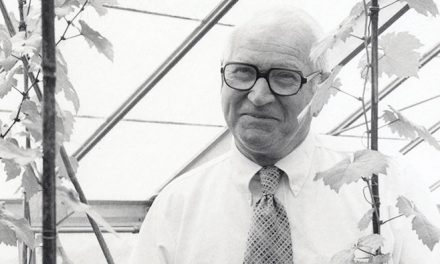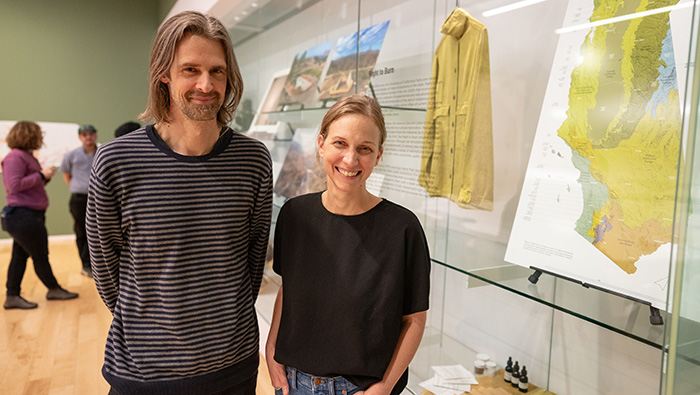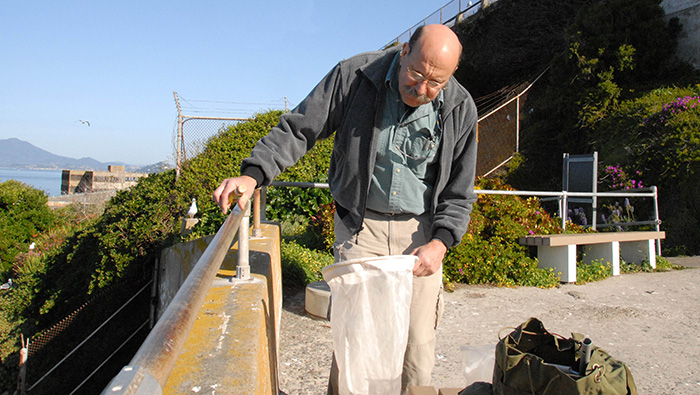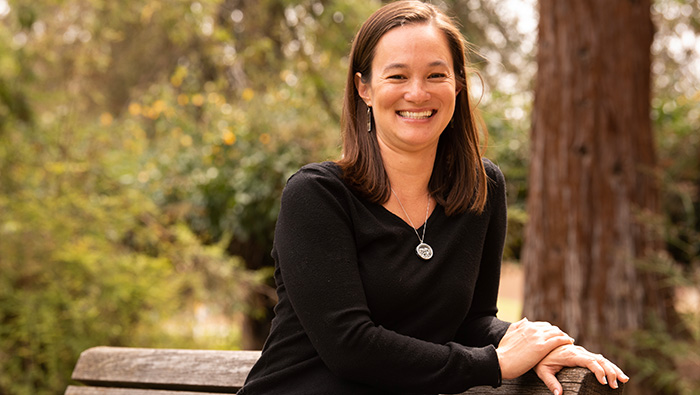
The Enterprise Bridge over Lake Oroville in July 2021 (Kelly M. Grow / California Department of Water Resources)
Droughts, Explained
Drought is back in California. Samuel Sandoval Solis, an associate professor at UC Davis and UC Cooperative Extension specialist, is an expert in water resources management who aims to create better strategies for coping with droughts. Here, he answers some common questions and clarifies some myths about droughts.
What is a drought? A drought is a prolonged period of water shortage. For the past two years, California has been experiencing a meteorological drought, which results from a year of below-average rainfall.
This year, the state is also faced with hydrological and agricultural droughts. A hydrological drought refers to when the lack of precipitation affects rivers and aquifers. Due to above-average rainfall two years ago, reservoirs filled higher in the first year of the drought. Currently, the reservoirs are empty and unable to supplement river flow, thus raising a new issue of a hydrological drought.
An agricultural drought is mostly related to food production, and in 2020, the state lacked enough water to keep agricultural soil wet. While this shortage was covered by water releases from reservoirs last year, reservoirs and aquifers are both severely lacking water this year.
Myth #1: The drought is not my problem.
Drought is everyone’s problem. On average, water use in California is 50 percent environmental, 40 percent agricultural and 10 percent urban, according to the Public Policy Institute of California. But reducing usage will fall to everyone, Sandoval Solis said. “Unfortunately this rhetoric of ‘people who use more water are the only ones responsible for cutting their water use’ is not beneficial. All of us can contribute; all of us should feel that we are part of the problem, and thus part of the solution,” Sandoval Solis said.
He added that everyone can be mindful of indoor water usage and try to save water. For outdoor usage, make sure your irrigation system is not wasting water, and select what part of your landscape you want to protect (such as trees) and what part is expendable (such as ornamentals).
Myth #2: California will never run out of water because it borders the ocean.
Some proposed solutions include using ocean water to supplement the lack of water in the drought. However, this is not a viable option. “It is very expensive, it will pollute the oceans, and it is not sustainable,” Sandoval Solis said.
Myth #3: We need more dams.
“Dams don’t make water. The dams that we need are already built. We just need to manage them better,” said Sandoval Solis.
Myth #4: We need more regulation.
Approved in 2012, Assembly Bill 685 states that every person in California has the right to clean, affordable water. However, approximately 1 million Californians currently live without water, and 10 million Californians are at risk. “We don’t need more regulations; we need to better execute the ones we already have,” Sandoval Solis said. The ineffective implementation of current policies has resulted in entire communities living without water for months, sometimes years.
In fact, he added, with this drought, many of those who ran out of water last time will face the same issue again. “It also depends on systematic advantages or disadvantages,” Sandoval Solis said. “Some of these communities are the ones with the lowest incomes.”









